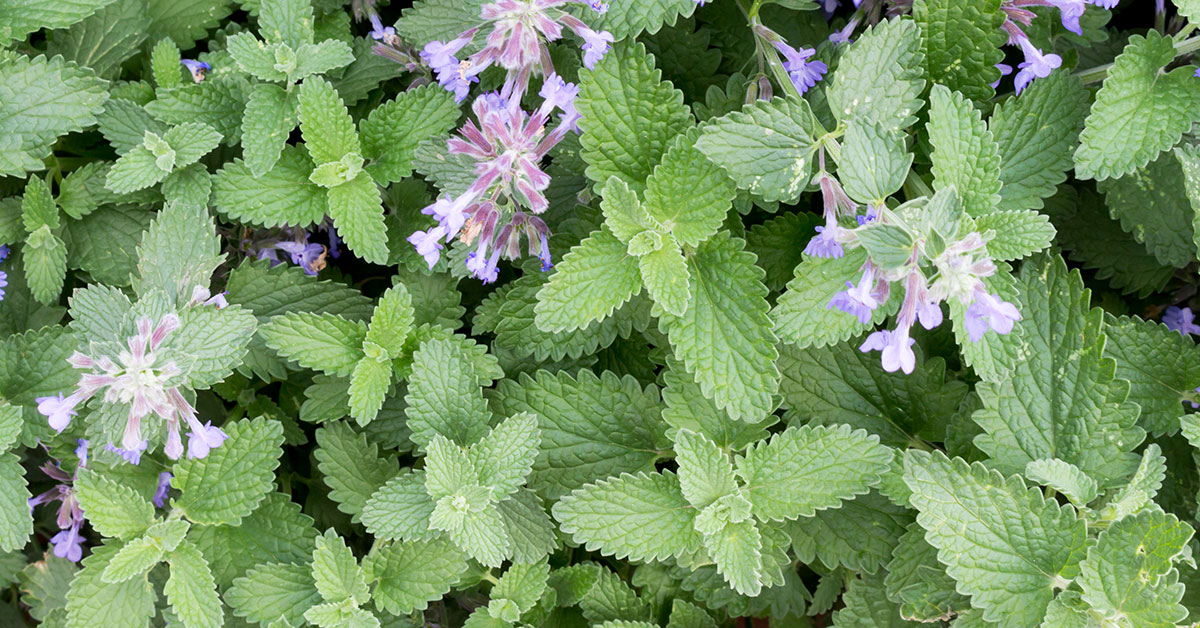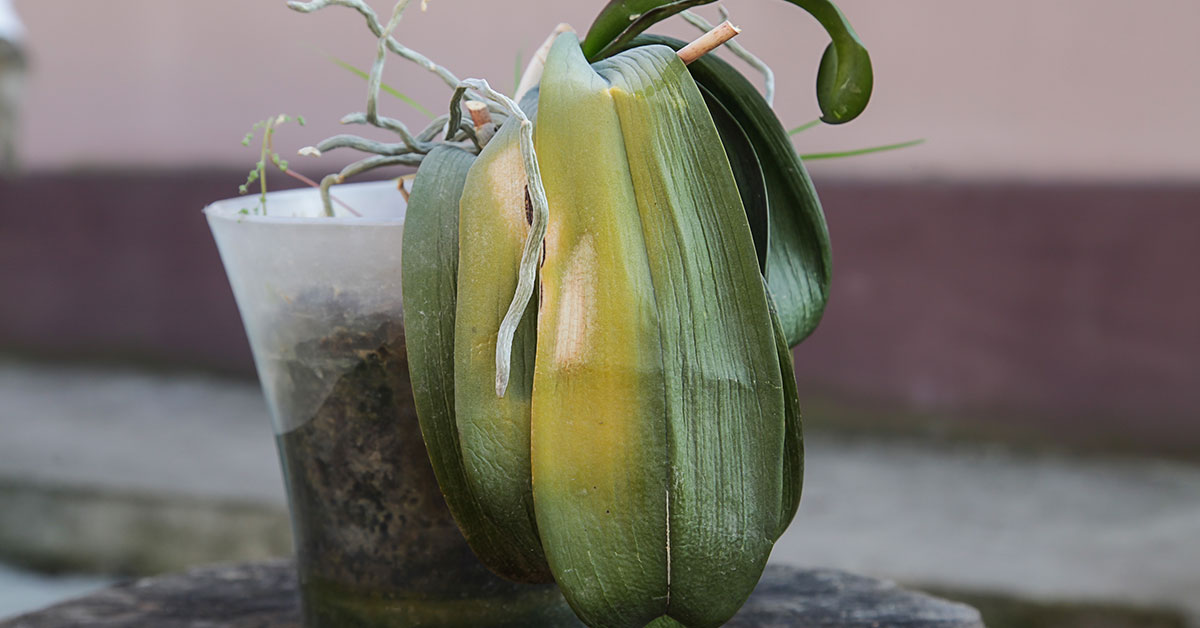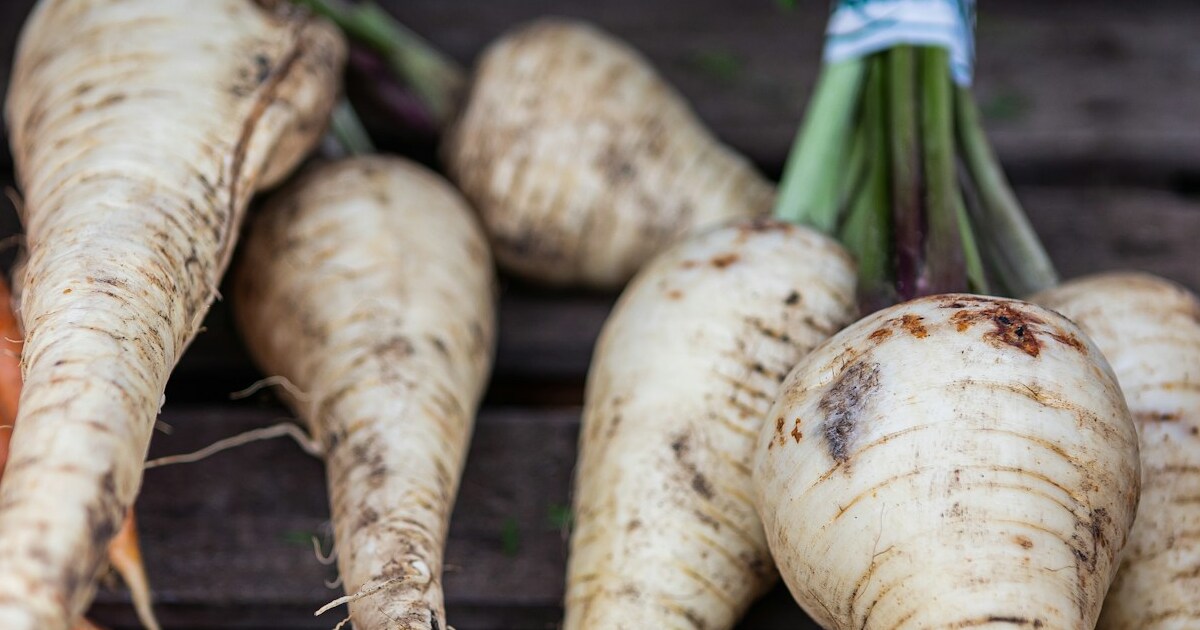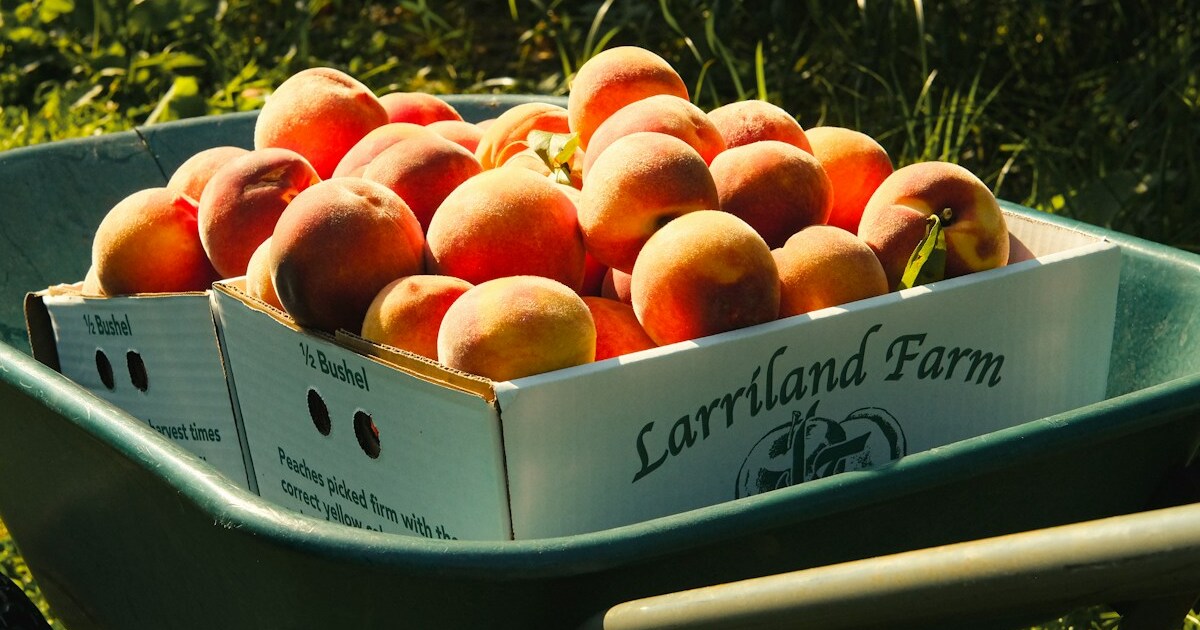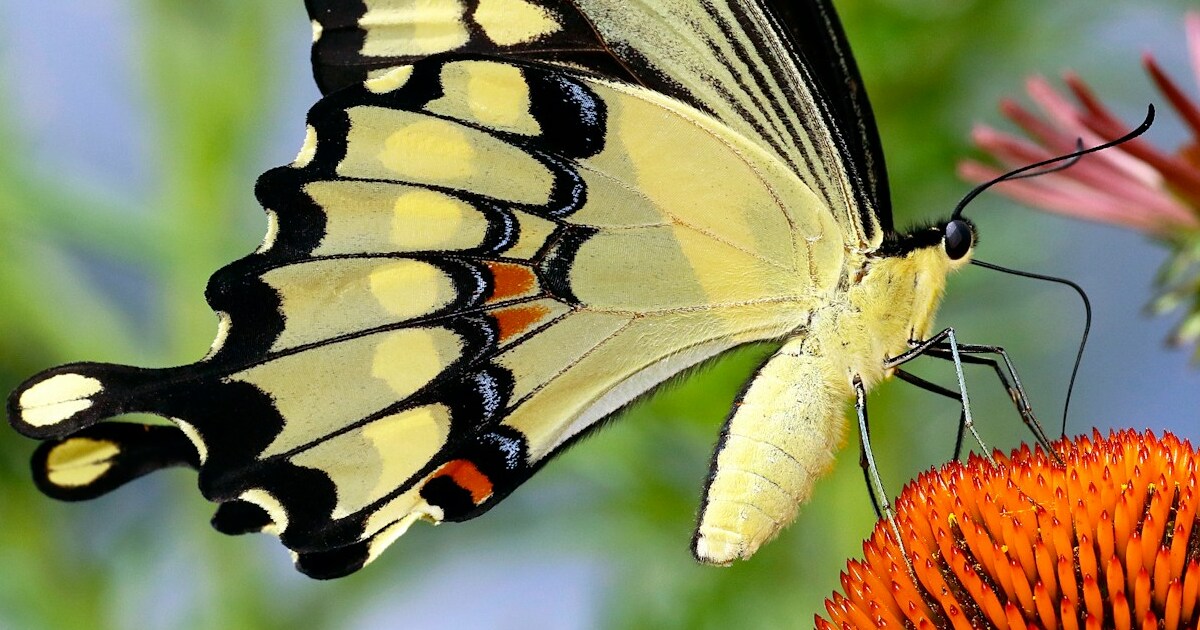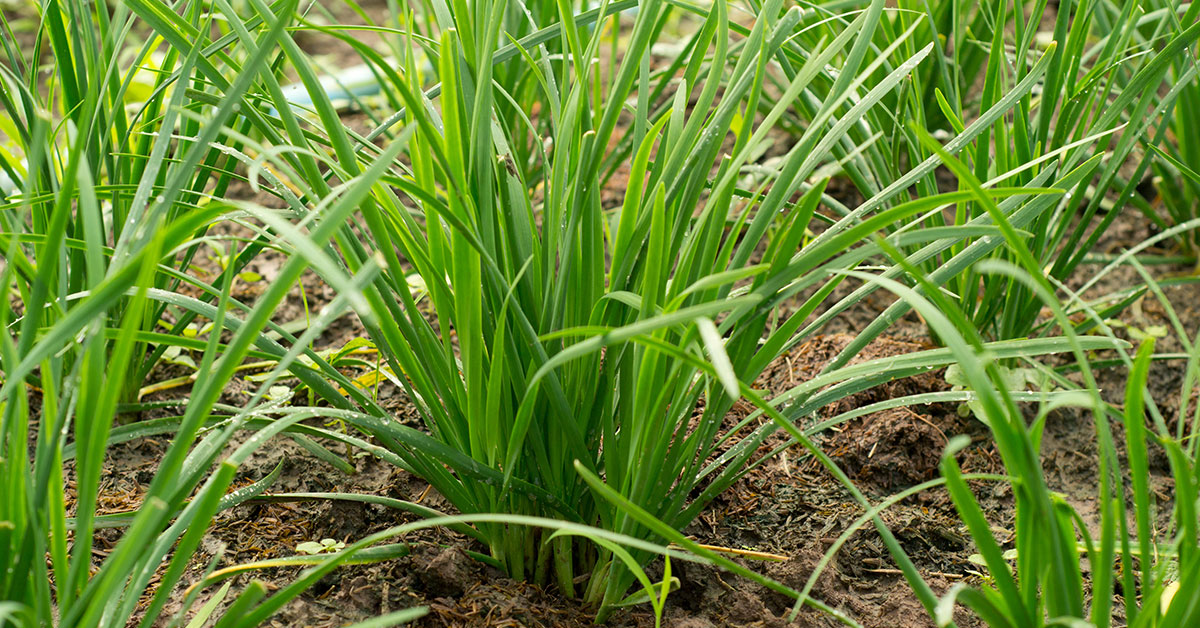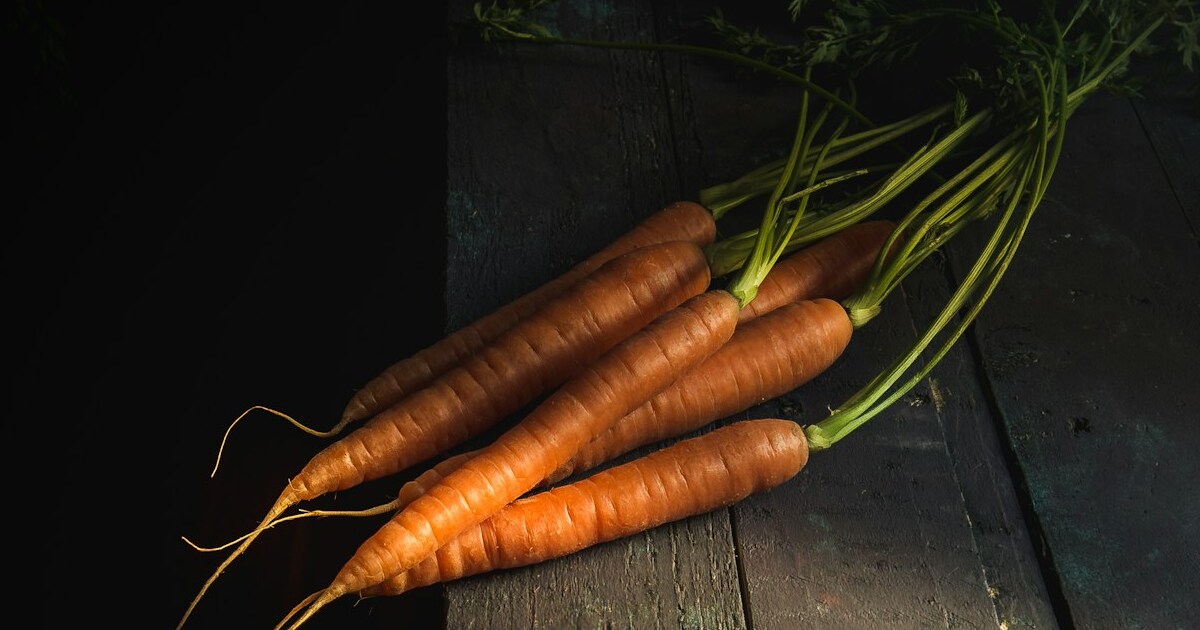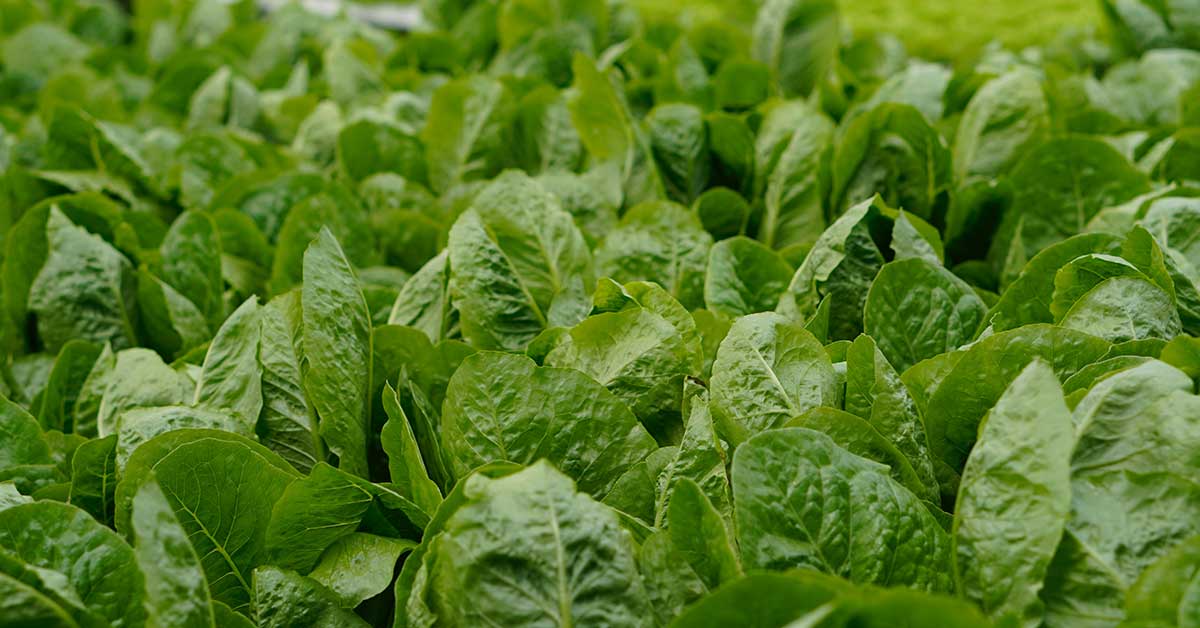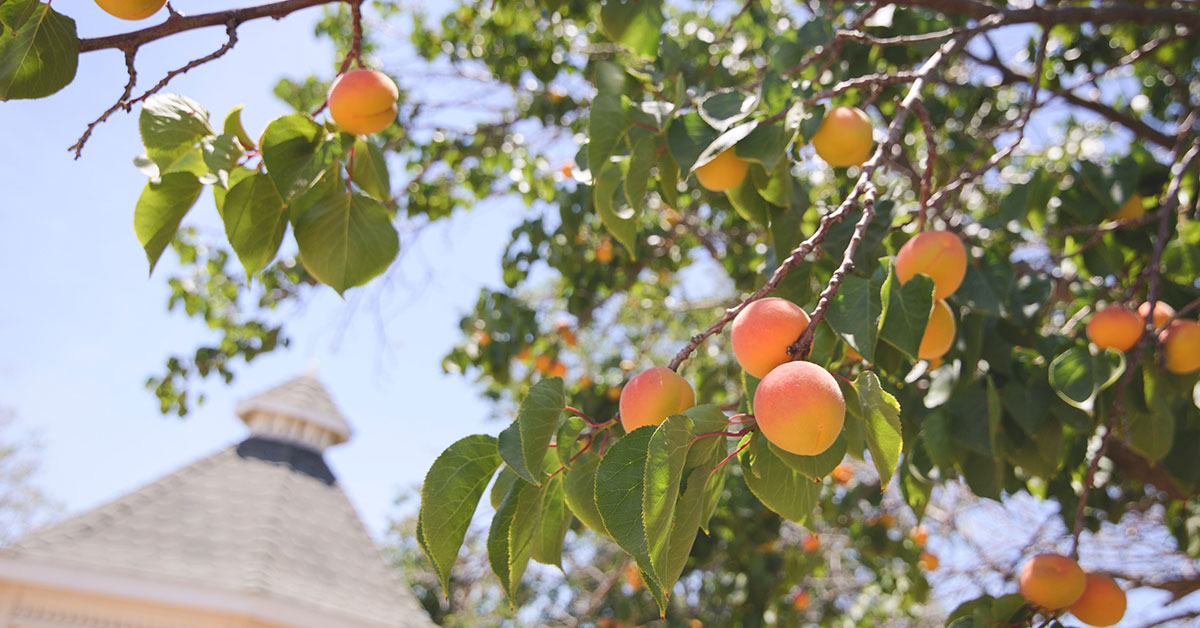There’s just something irresistibly charming about a garden filled with cornflowers—those feathery, finely cut leaves topped with sky-blue, magenta, or snowy white blooms dancing in the breeze. Also known as bachelor’s buttons, cornflowers (Centaurea cyanus) bring both an old-fashioned cottage feel and a wildflower meadow vibe to any landscape. I get so excited watching bees and butterflies crowd into them, like nature’s confetti has come to life! But to get a truly massive, flower-filled cornflower garden, there are a few essential things you’ll need to do early on.
Cornflowers are native to Europe, particularly the Mediterranean region, where they grew wild in grain fields. They’re not considered invasive in most areas but do reseed easily and can naturalize beautifully if you let them. These annuals are hardy, low-maintenance, and pollinator-friendly, making them perfect for gardeners who want a big impact without a big workload. If your dream is to turn a patch of your yard into a sweeping, blooming haven of cornflowers, these 11 tips will help you get there!
Direct Sow Early for Stronger Plants
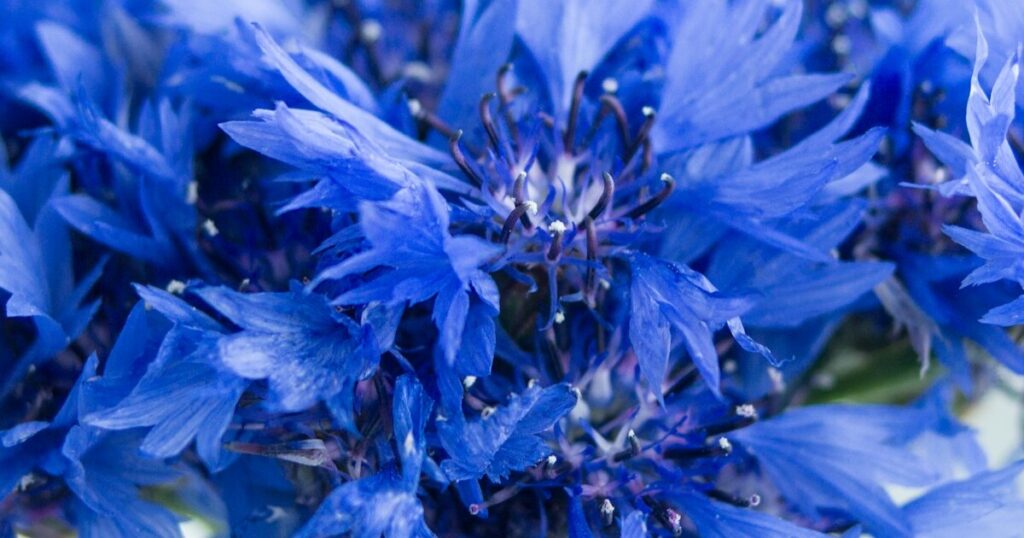
Cornflowers really don’t like being transplanted. Their taproots grow quickly, and disturbing them can set the plant back or stunt growth. The best method by far is to direct sow the seeds into your garden as early as the soil can be worked—usually 2 to 4 weeks before your last frost.
This early planting gives the seeds cool temperatures to germinate in, which they prefer, and allows the plants to mature before the heat of summer. Plus, cornflowers are surprisingly cold-tolerant, and seedlings can handle a light frost. By getting them in the ground early, you set the stage for bushier plants, sturdier stems, and a bigger bloom show come late spring.
Choose a Full-Sun Location

Like many meadow flowers, cornflowers absolutely crave the sun. Planting them in full sun—at least 6 to 8 hours a day—ensures strong stems, lush foliage, and maximum bloom production. If they’re placed in partial shade, they’ll grow tall and floppy with fewer flowers.
A field of cornflowers in the sun becomes a magnet for butterflies, native bees, and even finches who’ll snack on the seeds later in the season. Not only do they bloom more profusely in full sun, but the extra light also helps dry dew quickly, reducing the risk of fungal problems. For a big, bold display, give them the light they love!
Loosen and Enrich the Soil

Cornflowers aren’t terribly fussy about soil, but if you want them to grow huge and bloom prolifically, give them a good foundation. Loosen the top few inches of soil and mix in compost or aged manure to improve drainage and fertility. Sandy or loamy soil is ideal, and they prefer it slightly alkaline.
By prepping your soil ahead of sowing, you allow roots to establish quickly and deeply. Healthy roots support taller plants and fuller flowering, and the added organic matter invites beneficial soil insects and microbes that improve nutrient uptake. I’ve found that the healthier the soil, the more self-sufficient the plants become through the summer!
Thin Seedlings for Airflow and Space
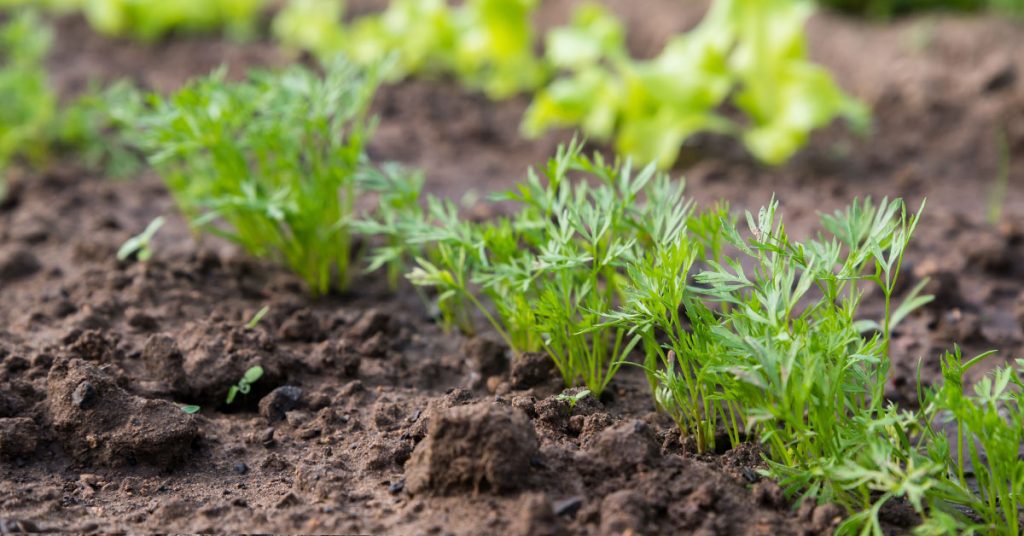
It’s tempting to leave all those delicate little seedlings in place after germination—but crowding leads to weak stems and less flowering overall. Thin your cornflowers to about 6 to 10 inches apart, depending on how large you want each plant to grow.
This spacing helps with airflow, which prevents mildew and keeps pollinators from getting trapped between crowded stems. I’ve noticed that spaced plants attract more butterflies—they seem to prefer open areas where they can land and feed easily. Don’t throw away the thinnings, either—try transplanting a few gently to other areas, or leave them as a sacrificial row for pests.
Deadhead Regularly for More Blooms
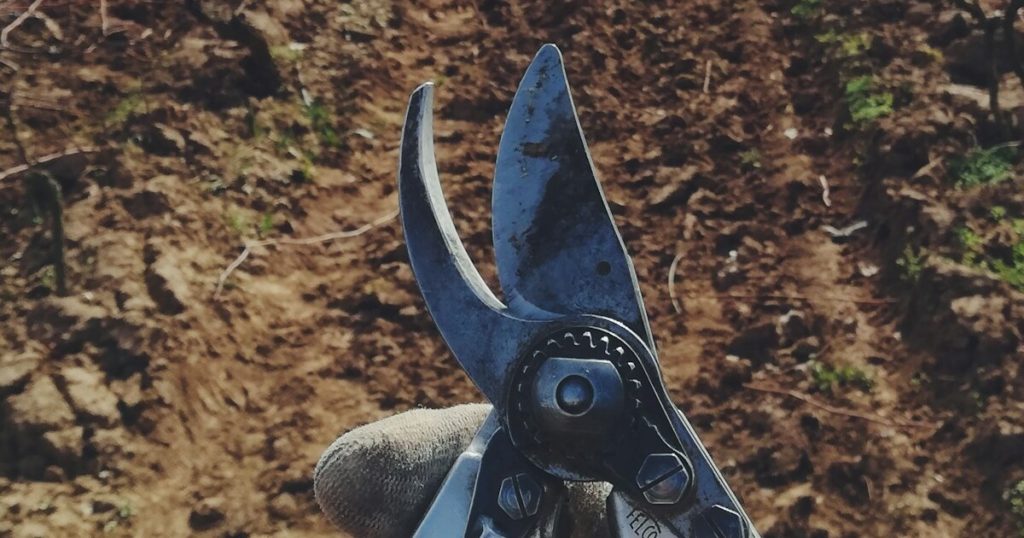
To keep cornflowers blooming like mad, deadheading is a must. Removing spent blooms prevents the plant from putting energy into seed production and instead encourages it to produce more flowers. You can either pinch off the heads with your fingers or snip them with scissors.
Regular deadheading keeps your cornflower garden looking tidy and lush rather than dried and ragged. It also keeps attracting pollinators with fresh nectar. I like to do a quick walk through the patch every couple of days—it’s calming, and it keeps the blooms coming right into summer. Plus, deadheading gives you a chance to gather flowers for bouquets without guilt!
Water Young Plants Deeply
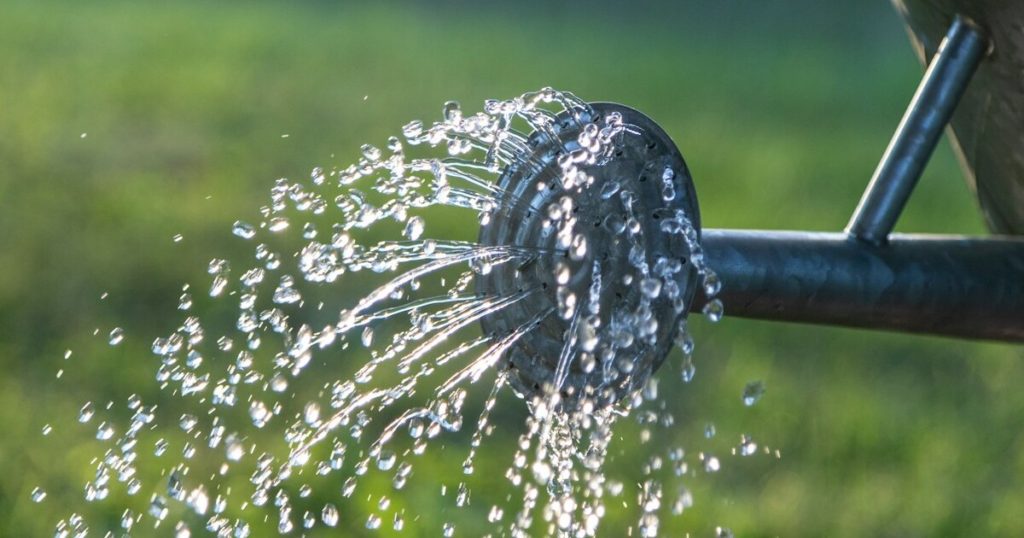
While mature cornflowers are drought-tolerant, young seedlings need consistent moisture to get established. Water deeply once or twice a week, depending on rainfall and soil type, especially during the first few weeks after germination.
Once the roots are deep, the plants will handle dry spells with ease. I mulch lightly with straw to help retain moisture and prevent weed competition. Keep in mind that overwatering can lead to fungal issues, especially in heavy clay soil—so make sure that water drains well. A happy, hydrated young cornflower becomes a thriving, flower-filled adult!
Add Organic Fertilizer Sparingly
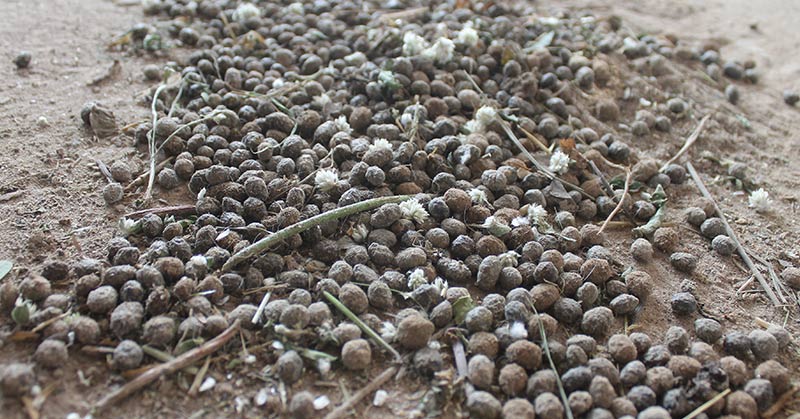
Cornflowers don’t need heavy feeding, but a light application of organic fertilizer can boost bloom size and plant vigor—especially in lean soil. Avoid high-nitrogen fertilizers, which will produce lots of foliage but fewer flowers. Look for something balanced or slightly higher in phosphorus.
I like to side-dress with compost once the seedlings are a few inches tall, or use a diluted liquid fish emulsion every couple of weeks until they start to bloom. Healthy, well-fed plants are more resilient to wind, pests, and disease. Plus, you’ll notice a difference in the depth of color and size of each flower when the nutrients are just right!
Support Tall Varieties if Needed

Some cornflower varieties—especially heirlooms and taller selections—can reach up to 3 feet tall. In windy or exposed gardens, those stems may need a little support to keep them from flopping. Once they start leaning, it’s harder to fix!
I use simple twine between wooden stakes to create a low grid, or you can try lightweight garden netting. Supporting early ensures the plants grow upright and evenly spaced. Not only does this keep the display looking tidy, but it also makes it easier for bees and butterflies to navigate the patch without getting caught in a tangle of bent stems.
Allow a Few Plants to Go to Seed
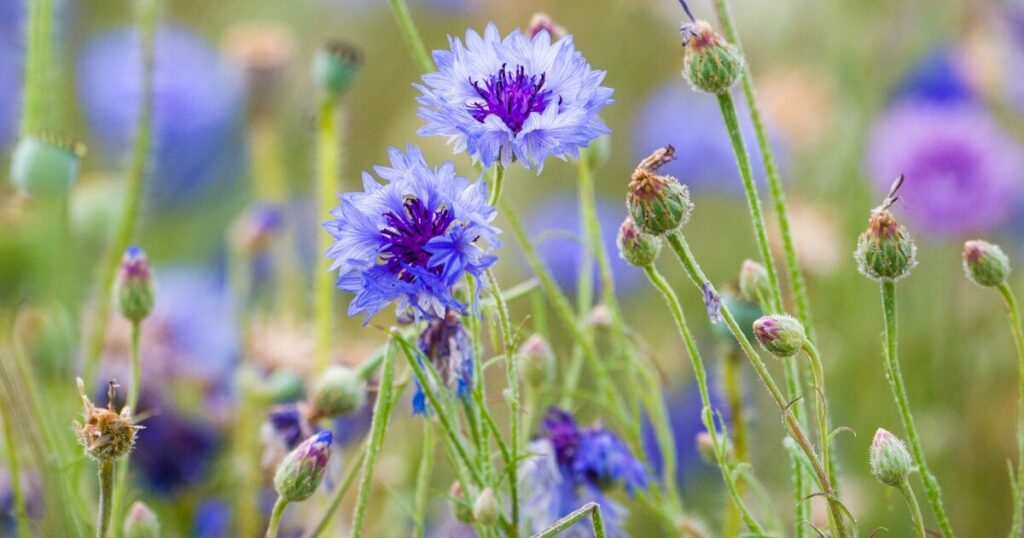
While deadheading keeps blooms coming, letting a few plants go to seed is a smart long-term strategy. Cornflowers readily reseed themselves in hospitable conditions, and a few allowed to mature will scatter next year’s flowers for free!
Birds like finches and sparrows adore the seed heads and will often perch and feed in late summer. You can also gather seeds yourself—just snip the dry heads and store them in a cool, dry place. Watching your garden evolve naturally from one season to the next is one of the great joys of planting cornflowers!
Watch for Aphids and Treat Naturally
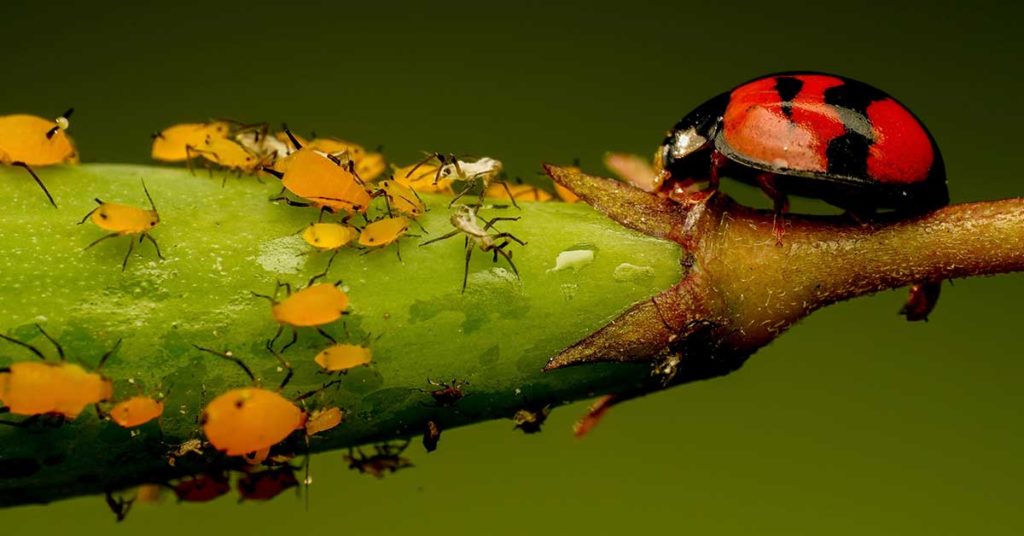
Cornflowers are generally pest-resistant, but aphids can sometimes appear in dense patches. You’ll usually spot them on new growth or flower buds, where they feed and multiply quickly. If left unchecked, they can weaken the plants and reduce flowering.
I’ve had great success using a strong blast of water to dislodge them, followed by a light spray of neem oil or insecticidal soap if needed. Ladybugs and hoverflies are also great allies in the garden and will help keep aphid populations in check. Keeping the ecosystem balanced is key—more flowers mean more insects, and it’s all about managing that lively dance!
Create a Diverse, Companion-Friendly Border

Cornflowers are great team players. They mix beautifully with other annuals like poppies, calendula, cosmos, and even herbs like dill or fennel. These combinations not only look stunning, but they also attract a wide range of pollinators and beneficial insects.
Growing your cornflowers with companions also improves biodiversity, which helps prevent pest outbreaks and keeps the soil healthier. I often plant alternating swaths of cornflower and yarrow or sweet alyssum for a textural and color contrast that really lights up the garden. And with all that beneficial insect activity, I’ve noticed fewer pests across the board!




